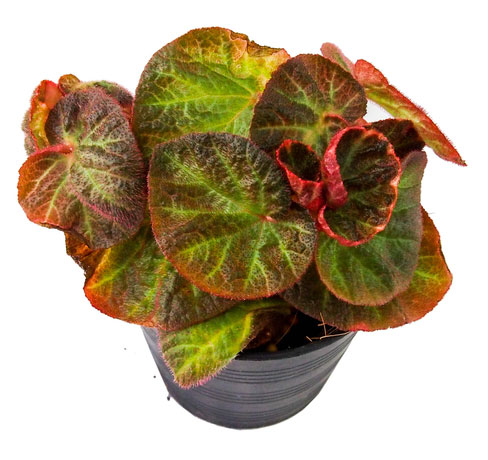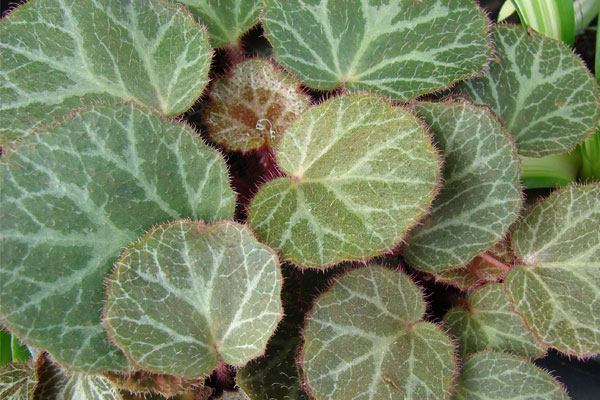How to Grow Strawberry Begonia
Though it is not a true begonia or even a kind of strawberry, the strawberry begonia is a popular houseplant. It is native to Japan, South Korea and China. It does have leaves that resemble the begonia’s and like the strawberry, reproduces itself by putting out runners that grow baby plants at their ends. The strawberry begonia has hairy, 4 inch wide leaves that are dark green and silver-veined on top and red beneath. In warmer climates, the strawberry begonia is grown outside as a ground cover.
Lighting
This plant does best in a bright window, but does not like direct sunlight. Placing it in a west or east facing window is best as long as the area doesn’t get too hot or too dry. In short, the strawberry begonia likes bright light and coolish temperatures.
Soil
The grower can use a good potting soil bought from the local nursery. Make sure that there is good drainage by putting the plant in a pot with drainage holes. If the pot has only one large hole, the grower should lay some bits of an old broken terra cotta pot at the bottom before adding soil. The shards keep soil from running out when the plant is watered.
Watering
The strawberry begonia also likes to be watered fairly frequently during the warm weather months, but overwatering it can lead to root rot. Water the plant less during the winter months, but don’t allow it to completely dry out.

Temperature
The plant may go dormant during the cold season, but it’s supposed to. The grower should know that the strawberry begonia is quite cold tolerant and will spring back even if the room temperature gets as low as 40 degrees Fahrenheit.
Fertilizer
Strawberry begonia does not like to be over-fertilized. During the growing season, it should be fertilized once a month with a diluted fertilizer or time-released pellets.
Repotting Strawberry Begonia
The grower should also know that the Strawberry Begonia is a fast growing plant and is sure to outgrow its pot surprisingly often. The grower can tell if the plant needs to be repotted because its roots will start to emerge from the drainage hole. They can also slide the plant a bit out of the old pot. If there are more roots than soil, then the plant needs to be repotted. The rule of thumb is to transplant into a pot that is the next size larger than the old one, no matter how quickly the plant has grown. This is because if the plant is put in a pot that is considerably larger than its old one, it will use its energy to grow its roots instead of growing its leaves and flowers.
Propagation
The Strawberry Begonia is a plant that not only grows quickly but is rather fecund. If the grower wants to propagate the plantlets, they can either tuck them into the soil shared by the mother plant or tuck them into soil in their own small pots. After a few weeks, the plantlets will root out. Then, the grower can cut the runner, and let them develop on their own and give them as gifts to loved ones. They are clones of the mother plant.
Problems
The hairy leaves of the strawberry begonia should not get wet, for moisture encourages the growth of fungi. They may also be subject to aphids, spider mites and mealybugs. Spray them with insecticidal soap as soon as they are seen infesting the plant. Judicious watering will prevent root rot.
Botanical Name
Strawberry begonia’s botanical name is Saxifraga stolonifera. The genus name is derived from saxum, the Latin word for rock and frangere, which means to break. This is because in its native lands strawberry begonia is found in the clefts of rocks. Stolonifera simply means the plant puts out stolons. Other names are mother of thousands and strawberry geranium.




